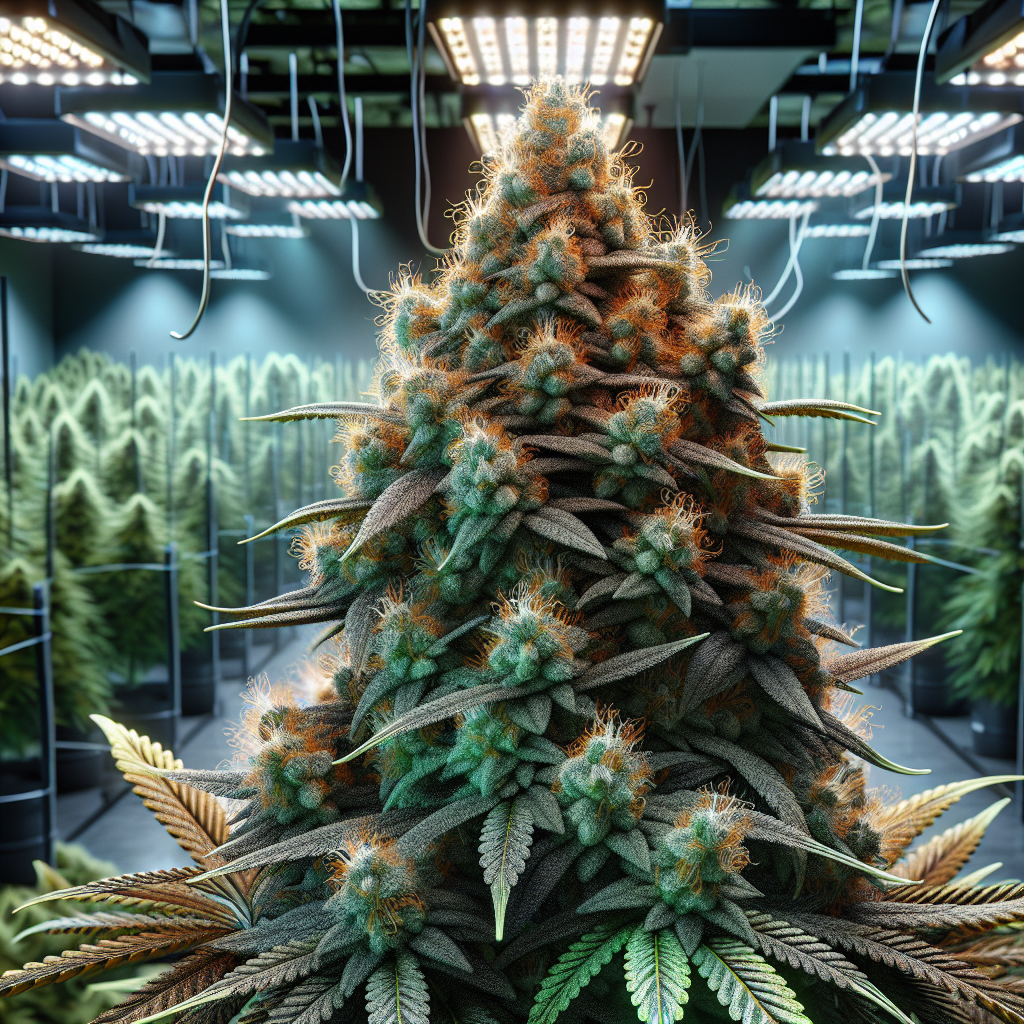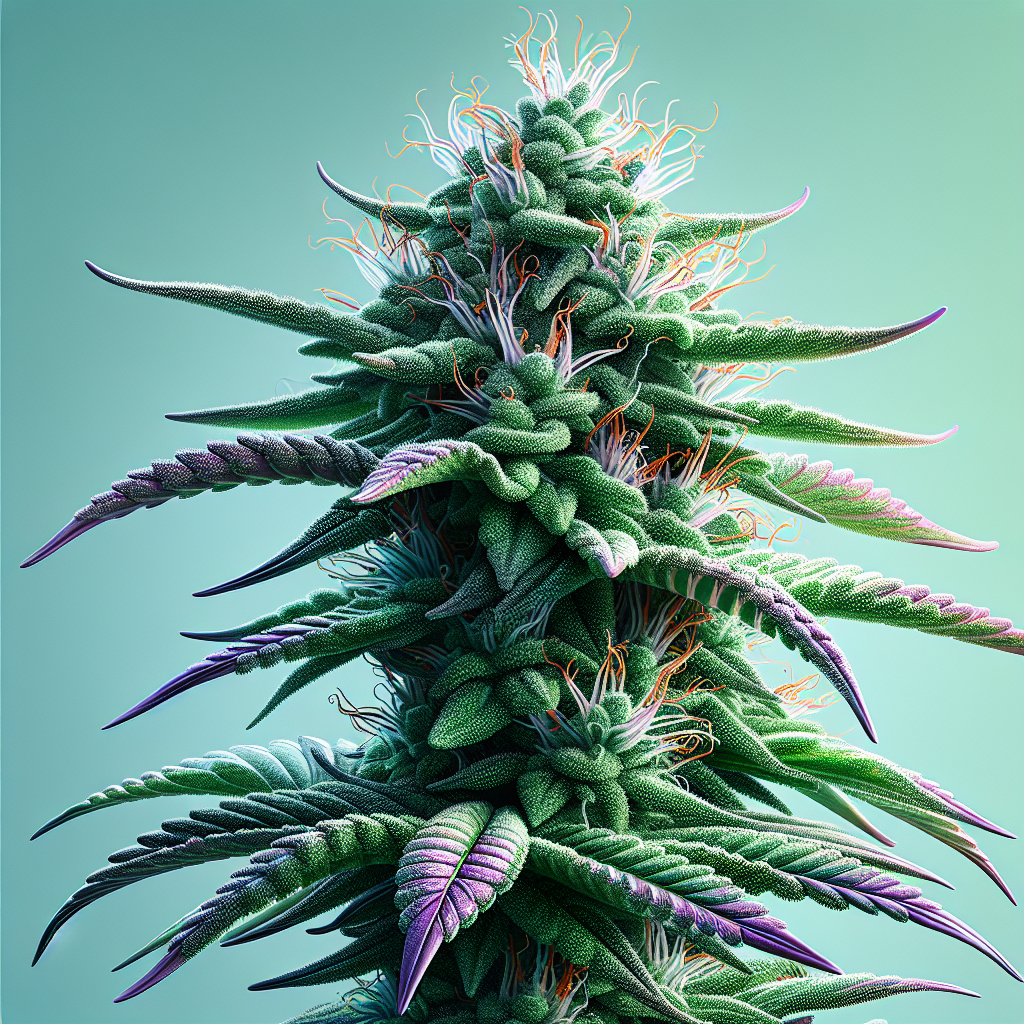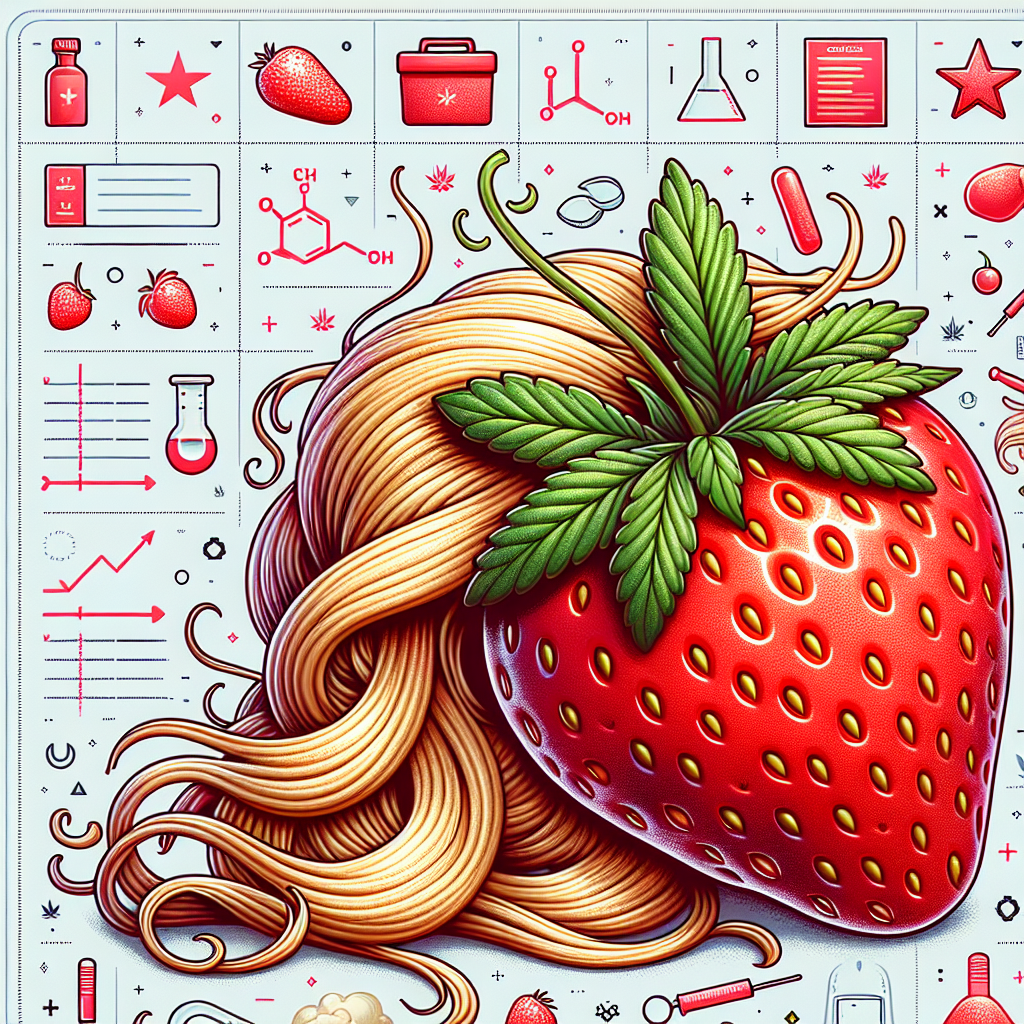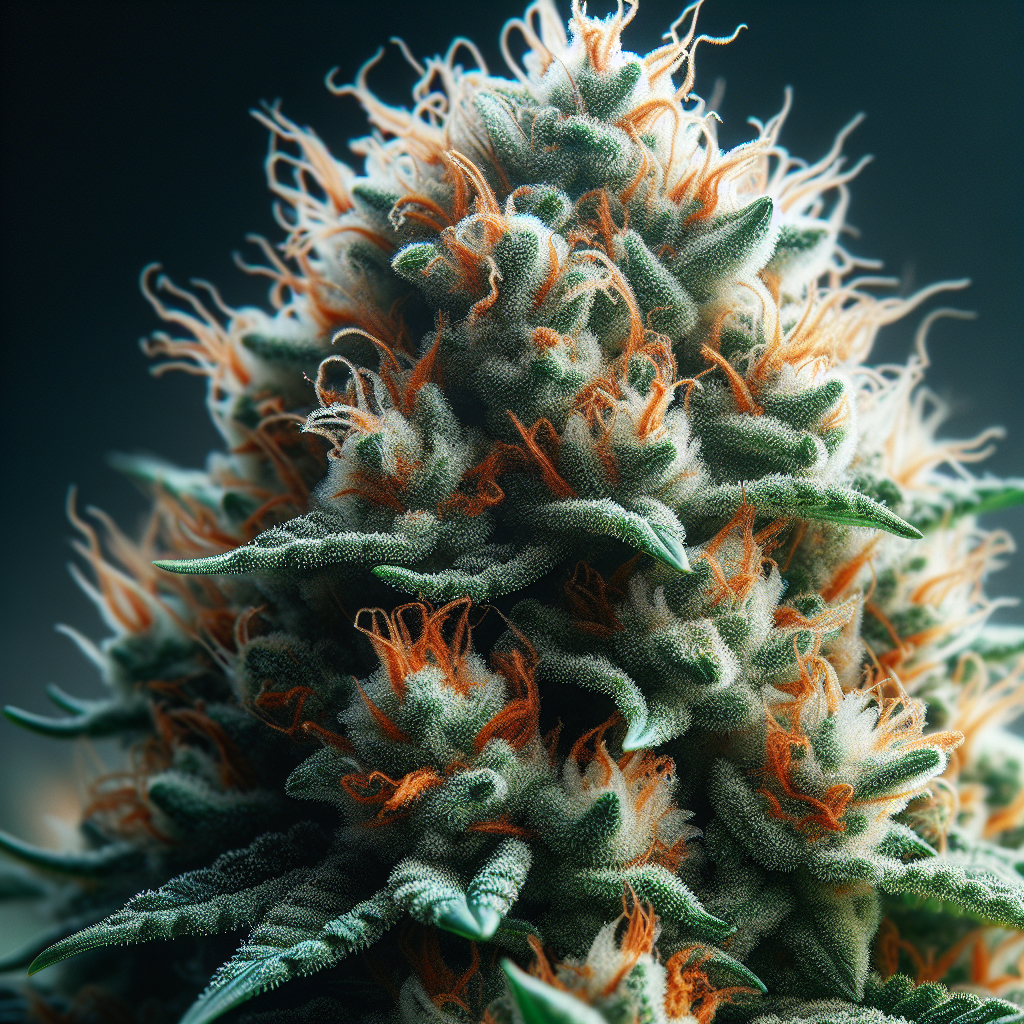Budding Trouble: Common Cannabis Plant Problems and Their Easy Fixes
Cannabis cultivation has grown exponentially in popularity in recent years. Whether you are growing indoors under controlled conditions or outdoors with the sun’s embrace, fostering healthy cannabis plants is both an art and a science. However, just like any living organism, cannabis plants can face a myriad of challenges along the way. Fortunately, most common cannabis plant problems are manageable with some proactive care, making the journey enjoyable rather than frustrating.
In this guide, we will delve deep into the potential problems you might encounter with your cannabis plants, providing you with straightforward, effective solutions. From nutrient deficiencies to pest infestations, we’ll cover the most common issues you may face and the best ways to address them. Let’s ensure your cultivation experience is as rewarding as possible!
Chapter 1: Recognizing Nutrient Deficiencies
Nutrient deficiencies can lead to poor growth, subpar yields, and lackluster potency. Plants require an array of macronutrients and micronutrients for optimal growth, and when they are denied any essential element, problems can arise.
1.1 Nitrogen Deficiency
Symptoms: Yellowing leaves, stunted growth, and older leaves turning yellow from the edges inward.
Solution: Increase nitrogen levels by using nutrient-rich fertilizers or compost. Organic options include blood meal or fish emulsion, while synthetic options often contain ammonium nitrate or urea.
1.2 Phosphorus Deficiency
Symptoms: Dark green leaves with purple hues, stunted growth, and poor flowering.
Solution: Use a fertilizer that specifically has a higher phosphorus ratio. Bone meal or rock phosphate are great organic sources.
1.3 Potassium Deficiency
Symptoms: Yellow edges and tips of older leaves, weak stems, and poor flowering.
Solution: Add potassium-rich fertilizers like kelp meal or wood ash. Make sure to evenly distribute through the soil to avoid localized overdoses.
1.4 Micronutrient Deficiencies
Symptoms: Clorosis, spotting, or distortion, predominantly in the younger leaves.
Solution: Use a complete nutrient solution that includes trace elements like iron, manganese, and zinc. Regularly inspecting plants for signs of distress can allow for early intervention.
Chapter 2: Addressing Watering Issues
Watering is both an art and a science; too much or too little can wreak havoc on your cannabis plants.
2.1 Overwatering
Symptoms: Yellowing leaves, droopiness, and root rot.
Solution: Allow the top few inches of soil to dry out before watering again. Ensure pots have adequate drainage holes to prevent excess water from accumulating.
2.2 Underwatering
Symptoms: Wilting leaves, dry soil, and leaves curling.
Solution: Increase the watering frequency, ensuring that water reaches the entire root ball. Consider implementing a consistent watering schedule to avoid future discrepancies.
Chapter 3: Combatting Pests Prowling Your Plants
Pests can be detrimental to your cannabis plants, chewing through leaves and potentially transmitting diseases. Identifying pests early will help protect your crop.
3.1 Spider Mites
Symptoms: Tiny webbing on leaves, yellowing, and stippling.
Solution: Increase humidity and use organic insecticidal soaps or neem oil. Regularly inspect plant undersides to catch any early infestations.
3.2 Aphids
Symptoms: Distorted, curled leaves; sticky residue on plants.
Solution: Introduce beneficial insects like ladybugs or make a garlic-oil spray to deter them. Keep plants healthy to withstand minor infestations.
3.3 Fungus Gnats
Symptoms: Adult flies visible around the plant area, yellowing leaves, and stunted growth.
Solution: Let the top layer of soil dry out completely to break their life cycle. Use sticky traps to catch adults and introduce beneficial nematodes into the soil.
Chapter 4: Fungal Issues That May Arise
Fungal infections can quickly overtake and damage your cannabis plants if not addressed early. Being proactive is key.
4.1 Powdery Mildew
Symptoms: White powdery spots on leaves, distorted growth.
Solution: Improve air circulation, avoid overhead watering, and apply potassium bicarbonate or sulfur solutions.
4.2 Root Rot
Symptoms: Wilting, yellowing leaves, and a foul odor from the roots.
Solution: Allow soil to dry out between waterings. If the rot is severe, it may be necessary to replant in fresh soil after trimming away dead roots.
Chapter 5: Environmental Stressors
Various environmental factors can influence the health of your cannabis plants. Monitoring these conditions and making necessary adjustments can lead to thriving plants.
5.1 Temperature Fluctuations
Symptoms: Droopy leaves or stalks, pale or discolored leaves.
Solution: Maintain stable temperatures between 70-85°F during the day and slightly cooler at night. Consider using heating mats or fans to manage extremes.
5.2 Humidity Levels
Symptoms: High humidity can lead to mold; low humidity often causes crispy leaves.
Solution: Aim for humidity levels of around 40-60% during vegetative growth, dropping to 30-40% during flowering. Use dehumidifiers, fans, or humidifiers accordingly to stabilize conditions.
5.3 Light Issues
Symptoms: Stretching, yellowing leaves, or burnt tips.
Solution: Ensure proper light distance; different types of lights require different distances from the canopies. LEDs generally require more distance than High-Pressure Sodium (HPS) lights.
Chapter 6: Preparing for the Growth Cycle
To cultivate healthy plants, understanding the entire growth cycle is essential. Each phase has specific needs that, if addressed, can lead to larger yields and quality buds.
6.1 Vegetative Stage Care
During the vegetative stage, cannabis plants require ample light, nutrients, and space. Monitor growth and be prepared to repot if necessary.
Tip: Regularly prune and train plants to promote bushier growth and improve light penetration.
6.2 Flowering Stage Necessities
An adequate supply of nutrients, water, and light is critical during flowering. Switch to potassium and phosphorus-rich nutrients to encourage better bud development.
Tip: Ensure adequate airflow and humidity to prevent mold and mildew while flowering.
Conclusion
Cannabis cultivation is a rewarding journey that combines art, science, and a touch of patience. While problems can arise, being informed allows you to tackle them quickly and effectively, ensuring that your plants thrive. Always observe your plants closely and maintain proper growing conditions to prevent likely issues. With thoughtful care, you can become a successful cannabis grower!
FAQ Roundup
1. What signs indicate that my cannabis plants have nutrient deficiencies?
Look out for leaf discoloration (yellowing or browning), stunted growth, and spotting. Different nutrients will have unique symptoms, so observing your plants closely can guide you in identifying the specific deficiency.
2. How often should I water my cannabis plants?
Watering frequency depends on environmental conditions and the growth stage of the plant. Generally, allow the top inch of soil to dry out before watering again.
3. What is the best way to prevent pests in my cannabis garden?
Maintain a clean growing area, keep plants healthy, and employ companion planting, as well as introducing beneficial insects. Regularly inspect your plants to catch infestations early.
4. What are some common environmental problems for cannabis plants?
Common problems include temperature extremes, humidity levels, and insufficient light intensity. Regular monitoring and adjustments can help overcome these issues.
5. How important is air circulation for my plants?
Air circulation helps prevent mold, mildew, and pests while ensuring healthy growth. Proper airflow also assists in regulating temperature and humidity levels.
By embracing good practices and equipping yourself with knowledge, the possibility of encountering issues significantly reduces. Happy growing!





